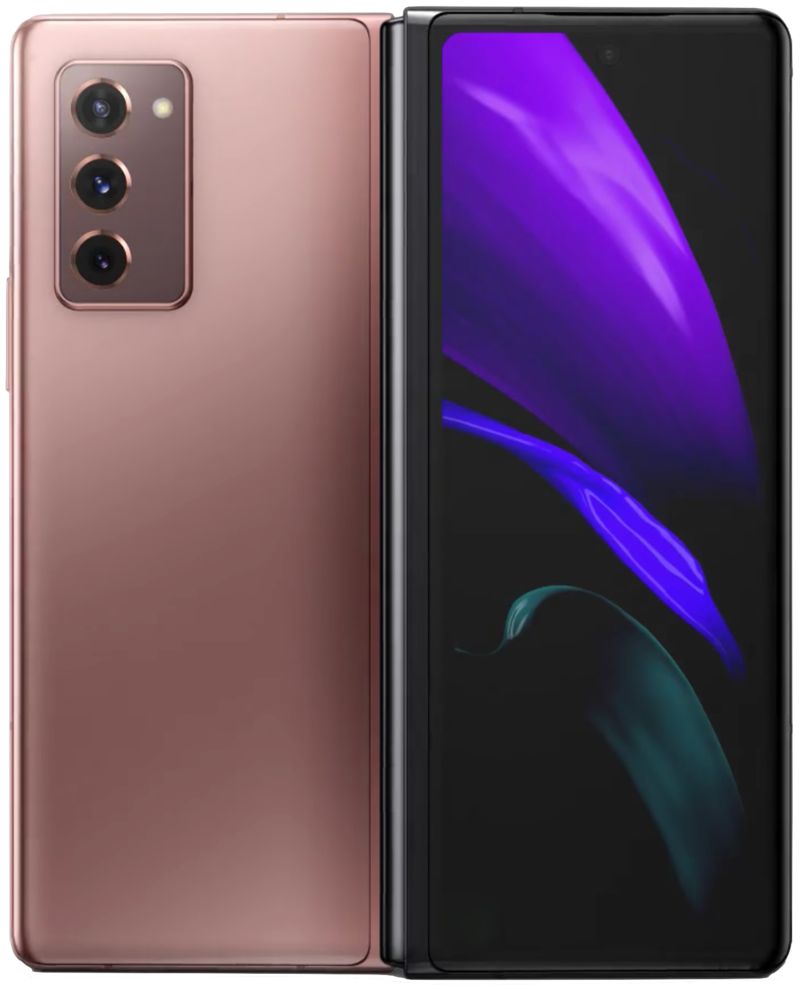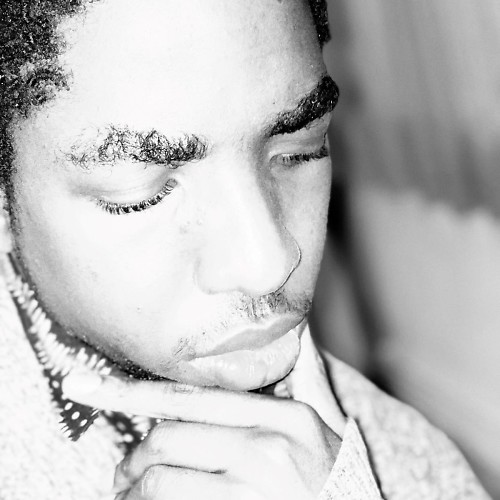In 2021, Android apps on tablets and large screens need to get better
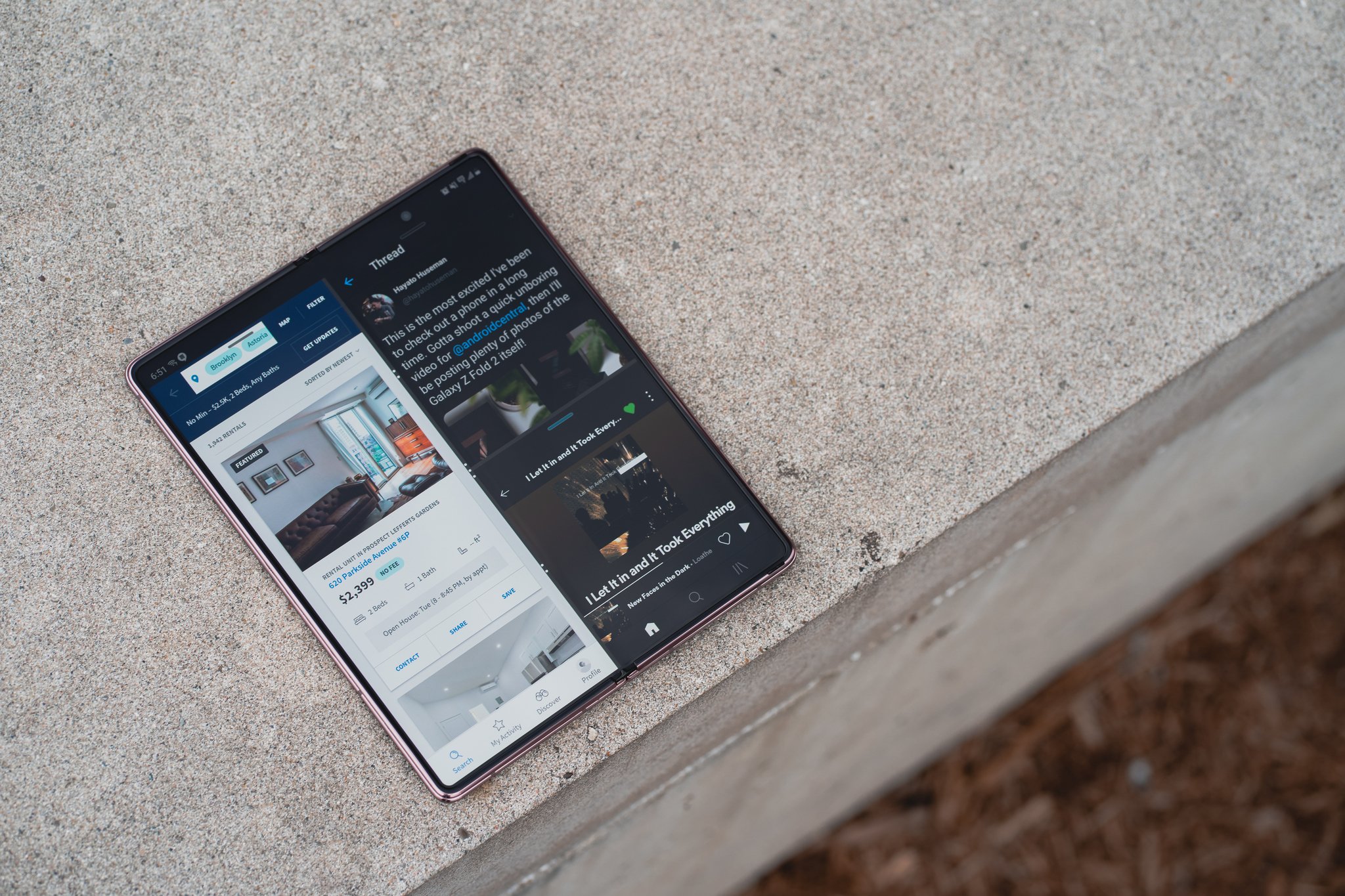
If you buy a Samsung phone, thinking about which apps run or not is barely an afterthought. After all, your phone is powered by Android and backed by the nigh-ubiquitous Google Play Store. Your banking app would be there. Your Snapchat and Instagram? There. That little bodega down the road that probably doesn't need an app? You can find it as well. Yet, if you were to pick a Samsung device with a larger screen — say, the Galaxy Chromebook or the Galaxy Tab S7, you'll find many of the same apps there, true. But you won't enjoy the experience as much. For the most part, Android apps are built for phones, and that's holding them back.
To be clear, Android apps, or Google Play apps as a recent editorial by the folks over at Chrome Unboxed suggest they be referred to, run on a variety of devices. As I noted above, they can run on classic phones and tablets, but they can also run on laptops running Chrome OS; they power foldables; and a recent Windows Central report alludes to their incoming presence on Windows laptops. Despite all this reach, Android apps have never reached their potential on large screens, especially when compared to Apple's mobile platforms.
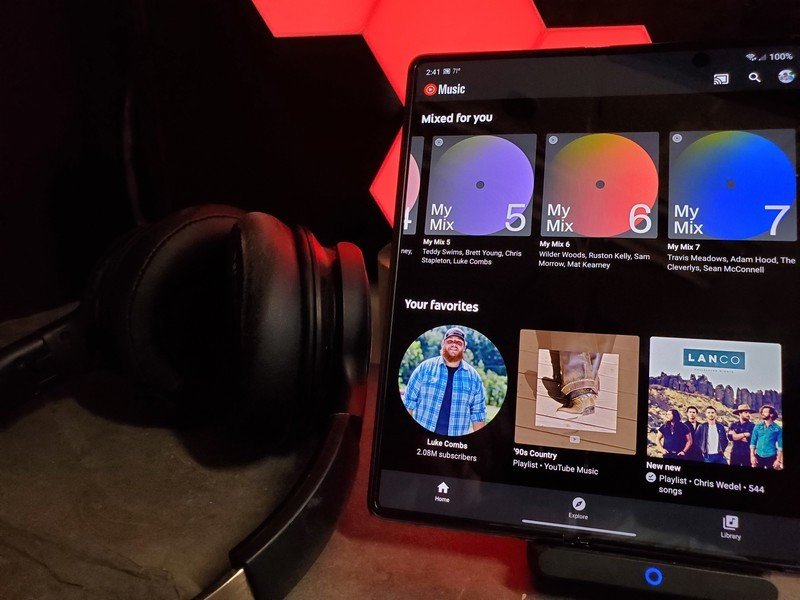
What's wrong with Android apps built for larger screen? Well for one, there aren't a lot of them. Sure, you'll get some of Google's apps like Keep or Gmail, as well as some big names like Evernote and Pocket, and indie developers that built utility apps like Solid Explorer will come in clutch. But it's nowhere near good enough if you plan on using Android as an iPad or Surface Pro replacement.
Going a little deeper, there are those apps that exist, but aren't done well. YouTube Music on a large screen is markedly inferior to the iPad iteration of Apple Music, and Facebook Messenger on Android tablets is pretty awful. Then we have productivity apps like Google Docs and Google Tasks, neither of which can fully be used on Chromebooks or even the best Android tablets due to being overwhelmingly tailored for smaller screens.
There are also those mobile apps tailored for the big screen that simply don't exist on Android. We can take Bear, an excellent Note taking app as one of those. There's also Scrivener, a novel writing app that exists on iOS but not Android. I've shelled out money for Jotterpad, the closest alternative Android has, and it still doesn't come close.
It's strange. With the rise of Chromebooks in the education market, you'd also expect a glut of Android apps to have been built to support that form factor and that market specifically, and all we have are the usual suspects. Even with something like Google Meet, you're still better off using it on the web if you're on a Chromebook. Whether it's a lack of ability or willingness on the part of developers, you simply can't be as productive with Android apps on large screens as you can with other platforms.
Reviewing the Galaxy Tab S7, Android Central's Joe Maring explained succintly:
Be an expert in 5 minutes
Get the latest news from Android Central, your trusted companion in the world of Android
There's just no real incentive for developers to spend time and money optimizing their apps for a stagnant form factor. More often than not, this means you're using phone apps that are expanded to fill the entire screen without adding any extra functionality. It kind of defeats the whole purpose of having a large-screen device in the first place, and unfortunately for Samsung, that's not something that's going to magically get better overnight.
As we head into 2021, Google must refocus its efforts on the big screen experience. Unlike in the past, Android apps on the big screen are being set up as key parts of our future computing experience — so to speak. We have foldables like the Z Fold and efforts from Microsoft, Xiaomi, and perhaps even Google coming down the pipeline. If Android apps don't offer any meaningful benefit on a large screen, then the productivity benefits of using a large screen will be lost.
When the novelty of the foldable form-factor wears off, as it did for non-iPad tablets in general, would consumers still find them useful then? We have Chrome OS, an operating system that powers devices ranging from $1000 laptops to $300 tablets, and the potential utility of Android apps on those large screens still shines, albeit with a glow that dims with each passing Chrome OS release.
We have Xiaomi and Samsung shunting Android apps onto larger screens with things like DeX or just straight-up projecting those apps to our PCs, but an unoptimized experience may mean all this work goes to waste if users simply don't adopt them in large enough numbers.
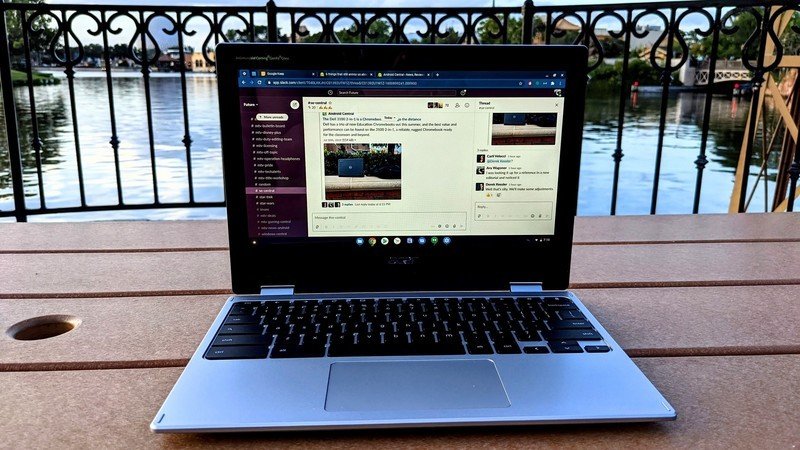
There isn't a magic bullet solution here. Google could work on building best-in-class tablet- and laptop-optimized Google Play apps. It's already started with Gmail and Google Calendar. But that won't adress the absence of third party developers in this space. Google could encourage existing developers to build with the growing Chromebook market in mind — and it does — but that won't help if the experience of using Android apps on Chromebooks remains — charitably speaking — just okay. Google could highlight existing apps that work with Chromebooks — and again, it does — but it's not clear how effective that has been.
Of course, an easy answer is that Google needs to try harder. While it has made some effort in all three areas listed above, those are half-hearted at best. Google once built a comprehensive large-screen Android experience with Android Honeycomb. The company later dialed it down as it moved down to the small screen. As the Android platform is now experiencing a large-screen renaissance, it may be time to once again put serious resources behind the large-screen experience.
